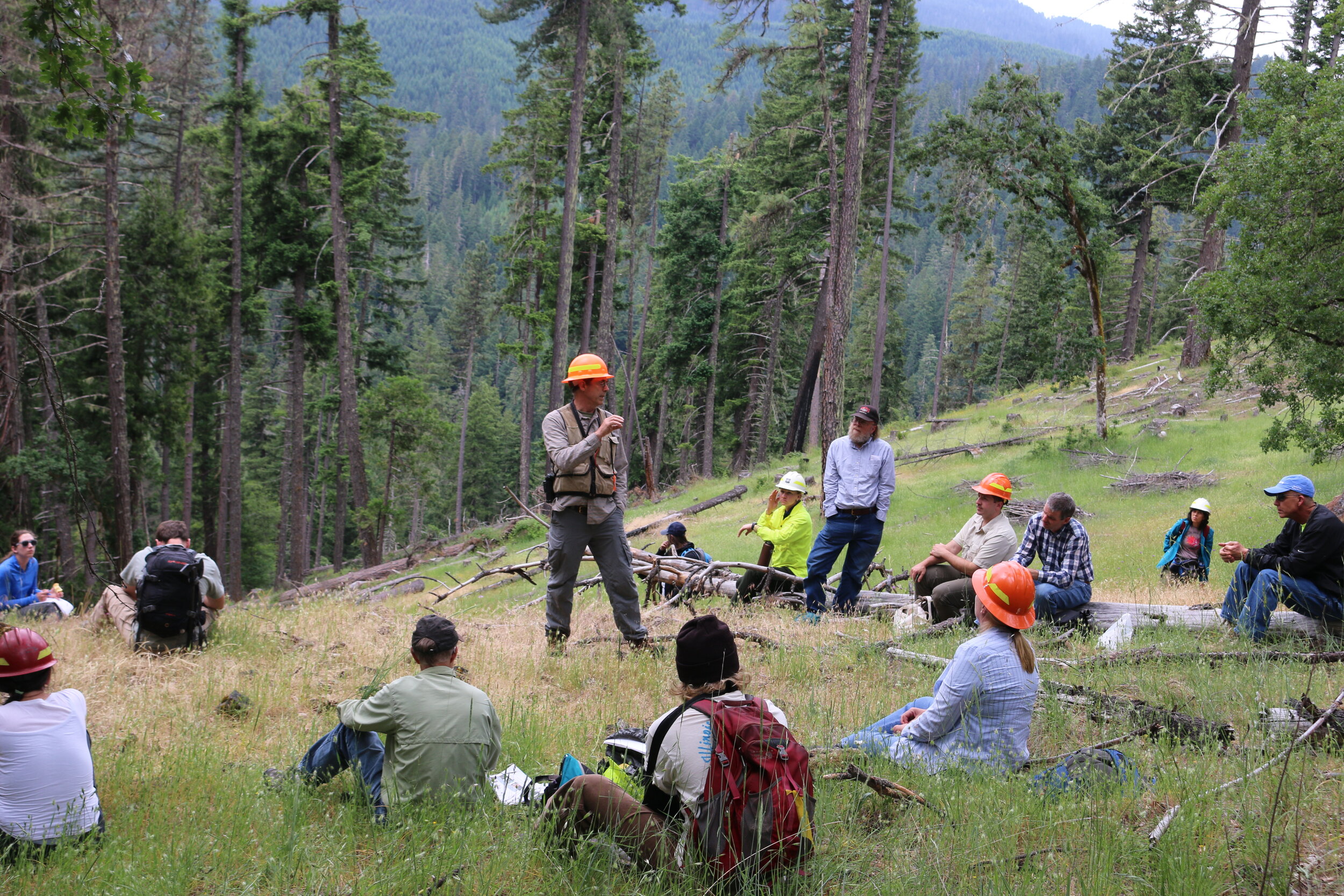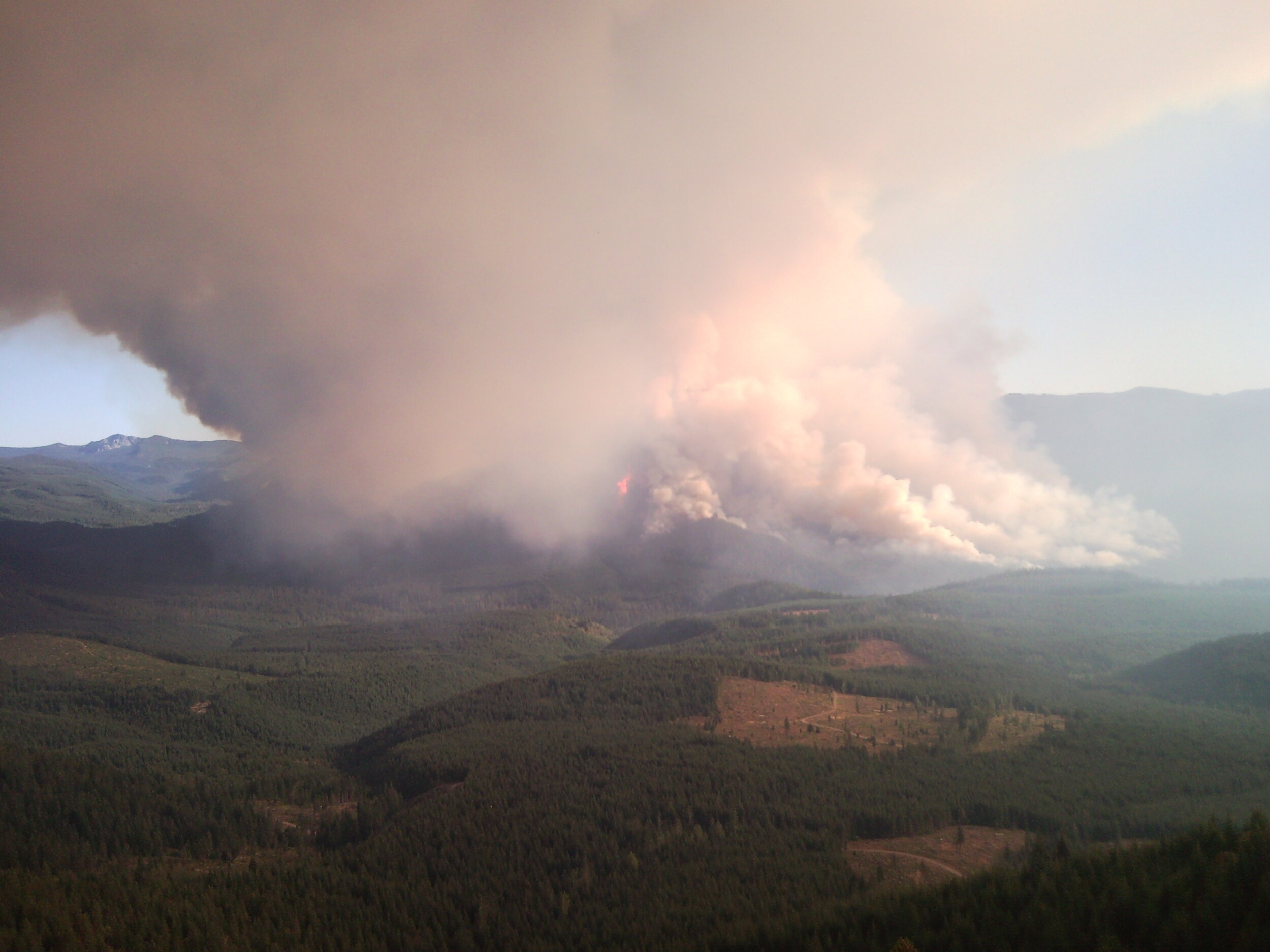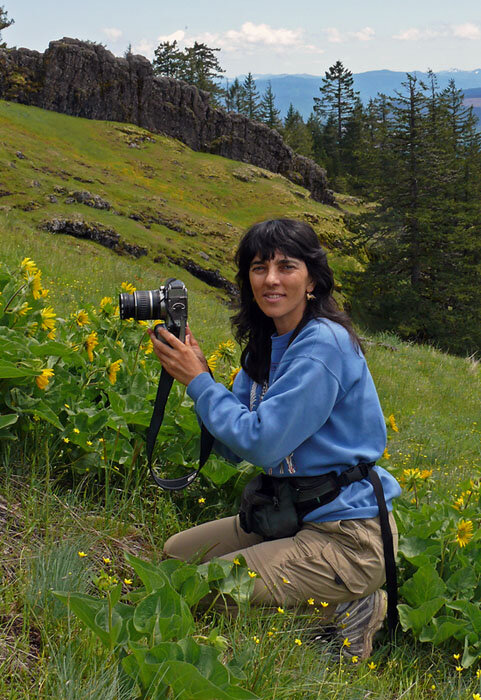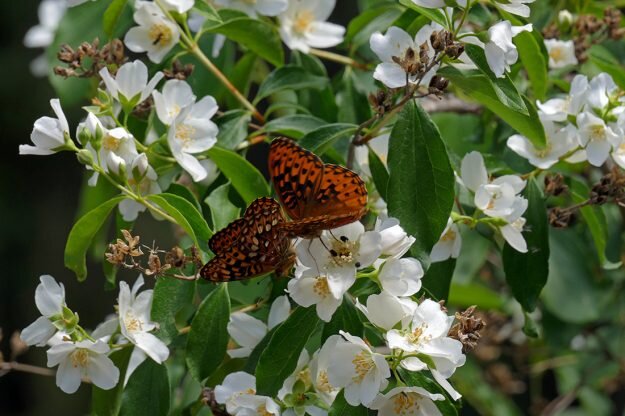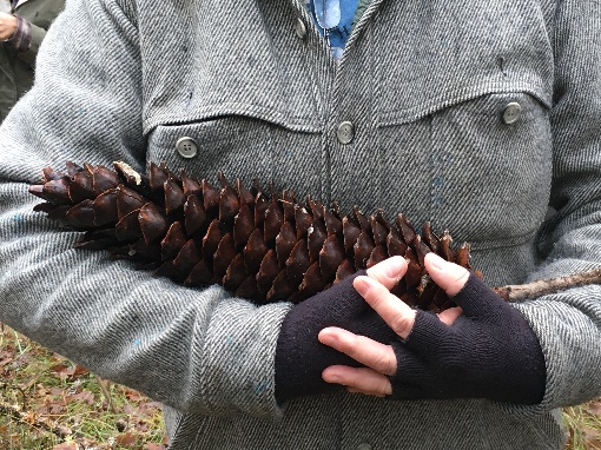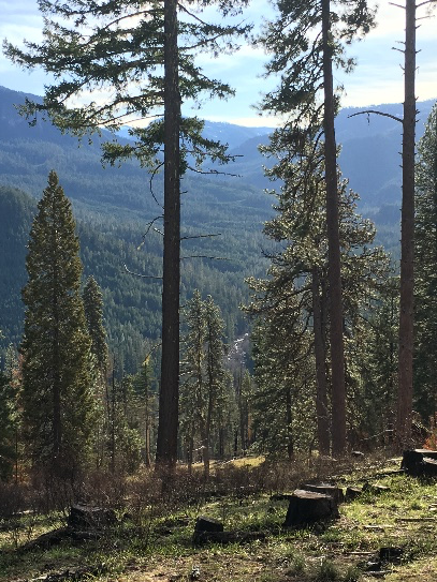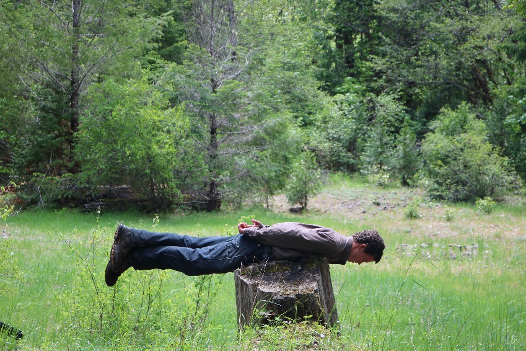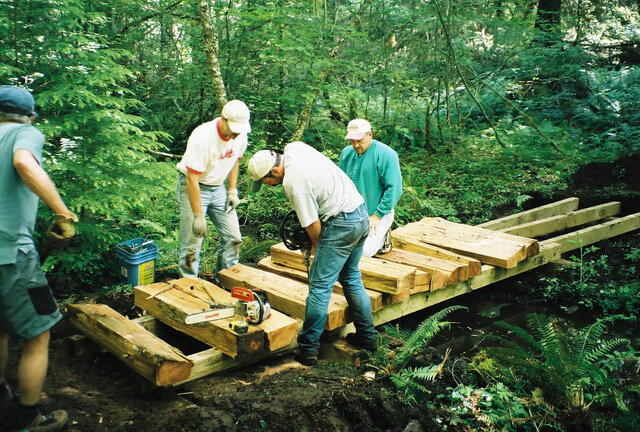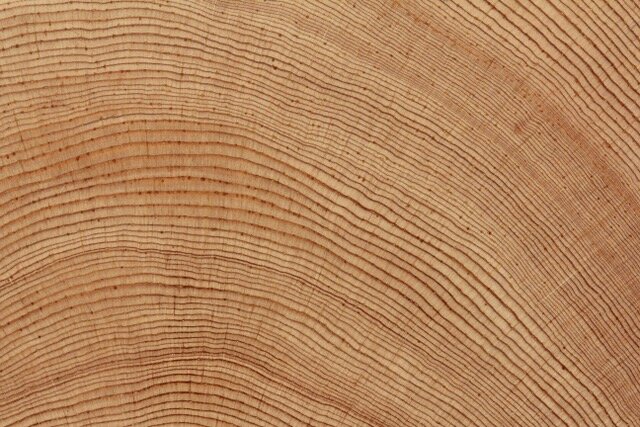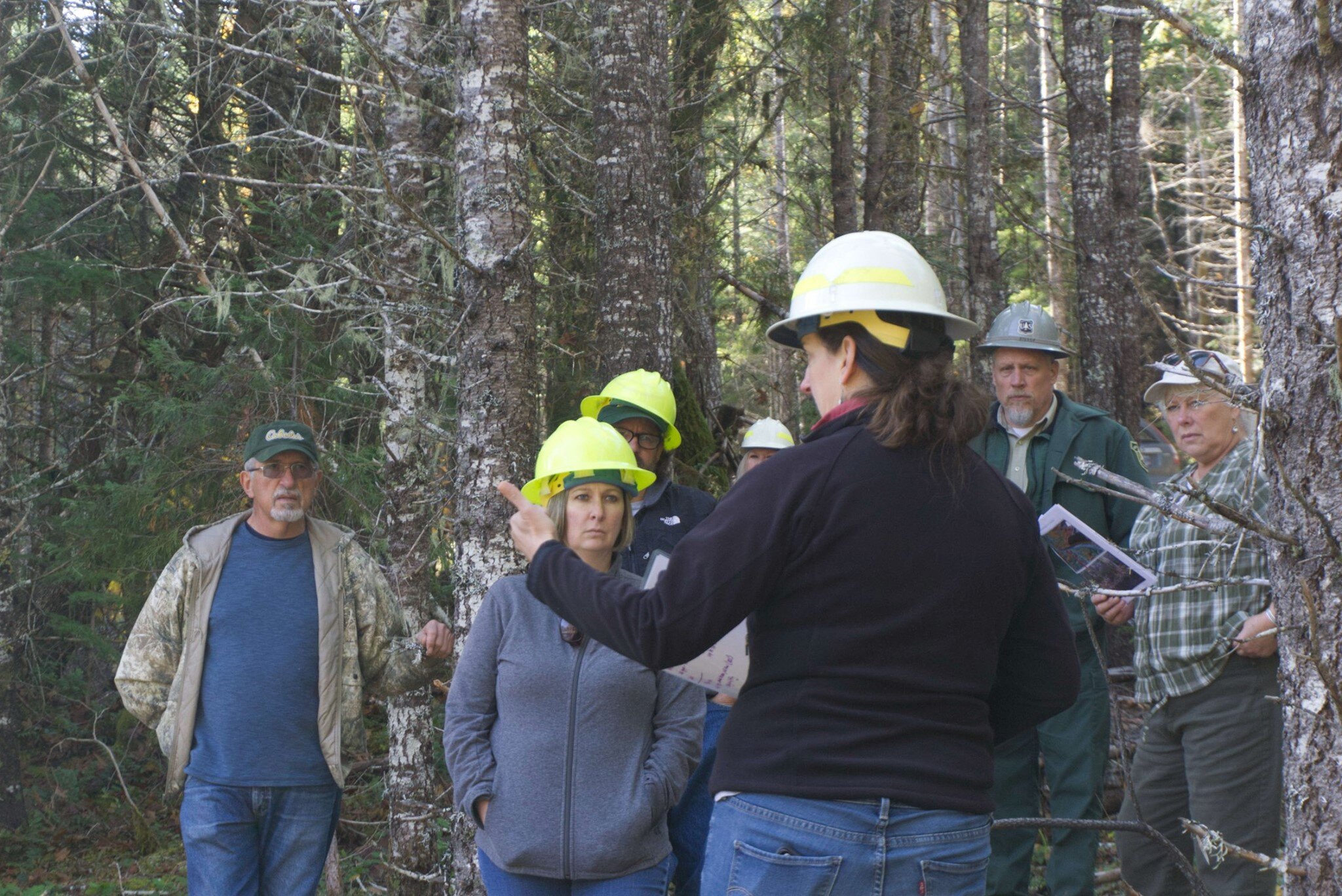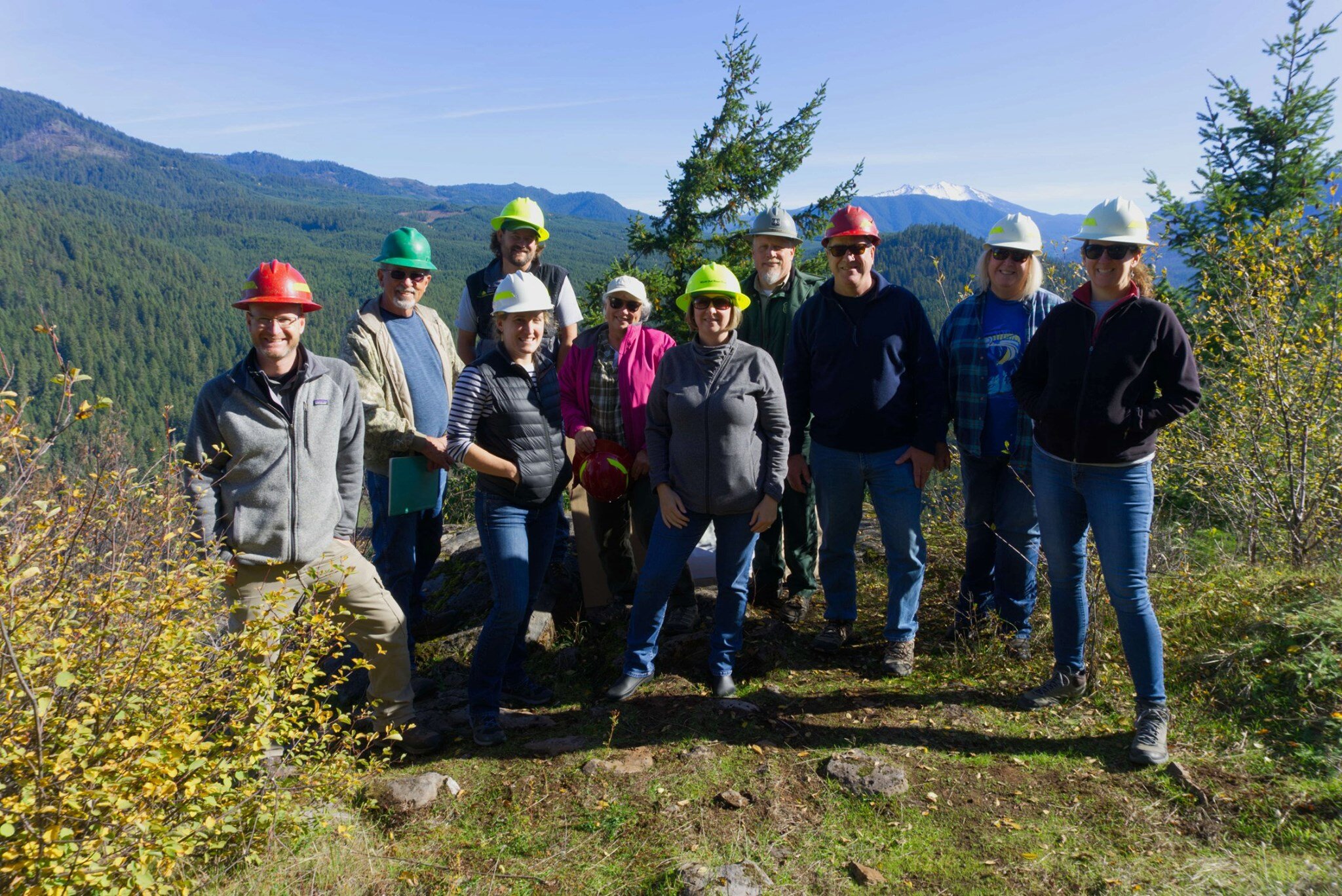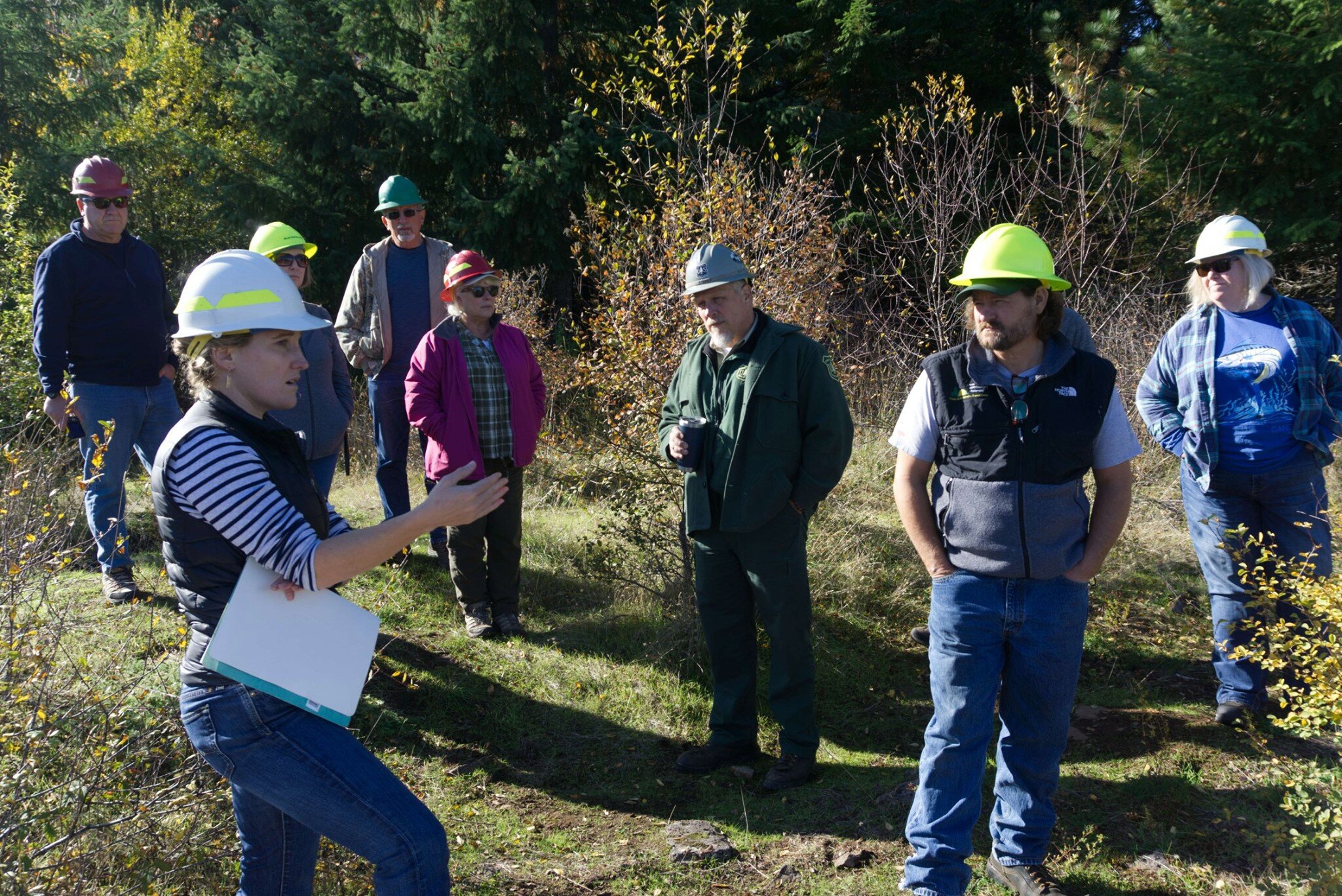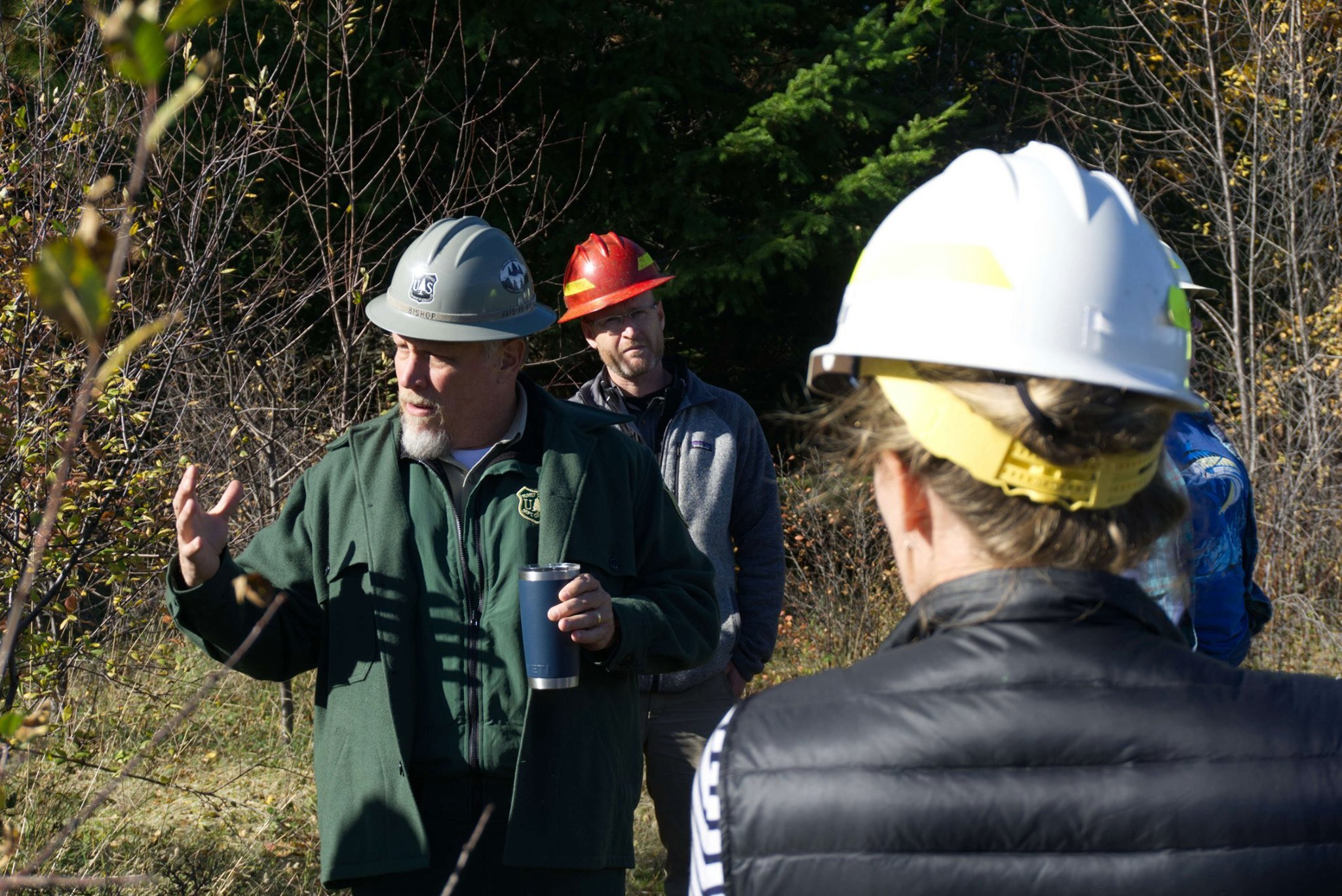SWFC Director Sarah Altemus-Pope recently sat down with EugCast podcast host Jojo Jensen to talk about wildfires, restoration, and the Rigdon landscape. Sarah shares her perspectives on living with fire, increasing the pace and scale of restoration, and the value of shared learning. She also talks about what may be in the works for Rigdon and future projects, especially as Covid restrictions are lifted. The episode is a great introduction to the work of the Southern Willamette Forest Collaborative for newcomers as well as for folks who could use a refresher on the projects the SWFC is involved with.
EugCast is a volunteer-run conversational podcast based in Eugene, Oregon. Monthly episodes feature guests from Eugene and the surrounding areas discussing a broad range of topics. In addition to Sarah’s episode, collaborative members may be interested in the March 2020 interview with Ian Appow, who coordinates the Wildfire Urban Interface Fuels Reduction Project. Ian has been engaged with Firewise efforts in and around the Oakridge-Westfir community.



